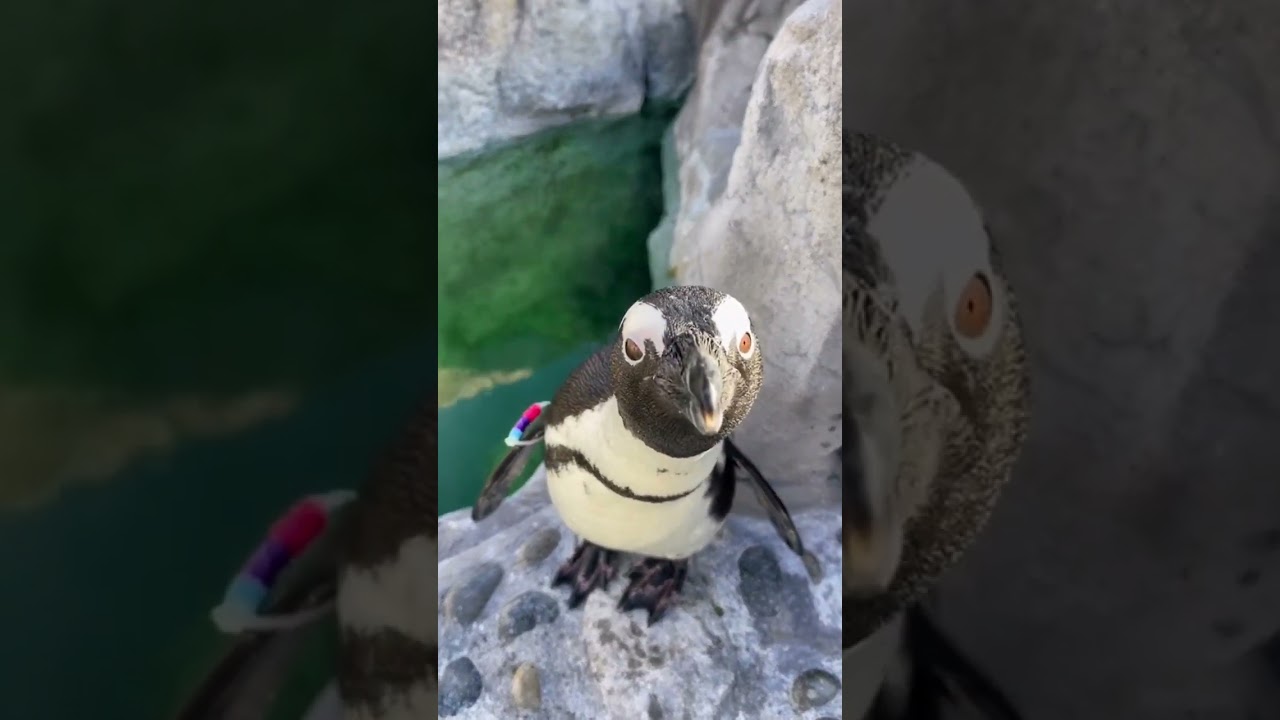Summary:
– The African penguin is a fascinating species that captivates the hearts of many zoo visitors.
– These penguins have unique adaptations that allow them to survive in their harsh coastal environment.
– Conservation efforts are vital to protect the African penguins from further population decline.
– Visitors can contribute to these efforts by supporting organizations that focus on penguin conservation.
– Zoos are crucial in educating the public about African penguins and their conservation needs.
Welcome to the captivating world of African penguins, a species that fascinates and inspires with their unique characteristics and adorable antics. These amazing creatures, also known as Jackass penguins due to their donkey-like braying call, are a joy to observe and learn about during a visit to the zoo.
Let’s dive into the fascinating aspects of African penguins and explore why they are so small yet extraordinary.
1. Adaptations for Survival:
African penguins inhabit the coastal regions of southern Africa and have evolved remarkable adaptations to thrive in their demanding environment. Their sleek, streamlined bodies and strong flippers enable them to swim swiftly through the water, reaching up to 20 miles per hour. Their counter-shaded plumage, with dark dorsal feathers and white bellies, acts as camouflage to protect them from predators above and below the water.
2. Life in Harmony:
African penguins are incredibly social creatures. They form large colonies where they engage in various activities such as preening, vocalizing, and socializing. These colonies have a well-defined hierarchy, with dominant individuals taking charge of prime nesting spots and breeding privileges. The iconic bond between breeding pairs is also something to marvel at as they engage in courtship rituals and share parenting duties.
3. Nesting Wonders:
Regarding nesting, African penguins exhibit an admirable sense of dedication and determination. They burrow into guano, using their beaks and flippers to excavate tunnels where they create a cozy nest chamber. These nests protect from the elements and predators. Interestingly, African penguins often return to the same nesting site each breeding season, sometimes even reoccupying the same burrow year after year.
4. Conservation Concerns:
Unfortunately, African penguins face numerous threats in the wild that have led to a significant decline in their population. Overfishing has reduced their food supply, forcing them to travel further for sustenance. Climate change disrupts their natural feeding patterns, affecting their survival. Oil spills and habitat destruction also pose significant risks. The International Union for Conservation of Nature (IUCN) has listed African penguins as endangered, emphasizing the critical need for conservation efforts.
5. Role of Zoos:
Zoos play a vital role in African penguin conservation through breeding programs, research, and public education. These institutions work tirelessly to establish healthy captive populations that can be reintroduced into the wild to bolster the species’ numbers. Visitors to zoos can learn about the challenges facing African penguins and the actions they can take to contribute to their conservation. Individuals can make a tangible difference in preserving these incredible birds and their fragile ecosystems by supporting zoos and the associated conservation organizations.
In conclusion, the African penguin is a species that captures the imagination and hearts alike with its unique adaptations, social behaviors, and nesting wonders. However, their population decline and various threats make their conservation critical for the species’ survival. In conjunction with dedicated conservation organizations, Zoos are working hard to address these challenges, educating the public and initiating impactful conservation initiatives. By supporting these efforts, we can all become stewards of these wonderful creatures and help ensure that future generations can marvel at the beauty and resilience of African penguins. So, the next time you visit a zoo and encounter these small yet extraordinary beings, take a moment to reflect on the shared responsibility we have in protecting their natural habitats and securing their place in the wild for generations to come.
*****
Source Description

